|
If you arrived here from a source other than
the Index of Impacts,
please go to the Introduction for an explanation of this page. |
|
The Burma Impact. Center of impact at 22° 27.804'N 99°
57.210'E. The circles on this image are at 160 km, 575 km, 1550 km,
2365 km and
2840 km radius from the center of impact. These and others are detailed
below. The outstanding feature of this impact is that it traces the
western coast of India. This seismic circle is then evidence against
continental drift and the theory of Pangaea. Nearly all of the images
on this page are linked to much larger
images for more detail. Click on the image for the larger version. |
 The Burma seismic circle at 2365 km radius. |
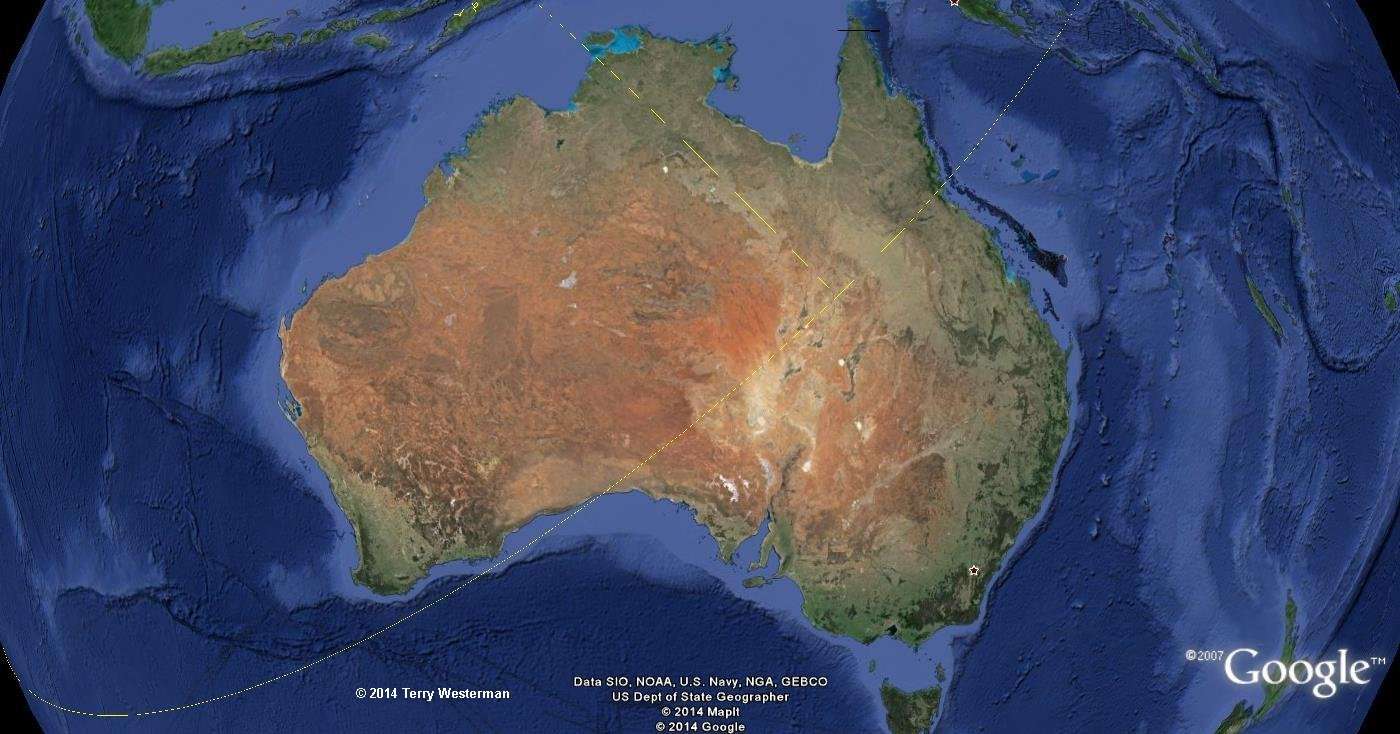 The Burma seismic circle at 6770 km radius. |
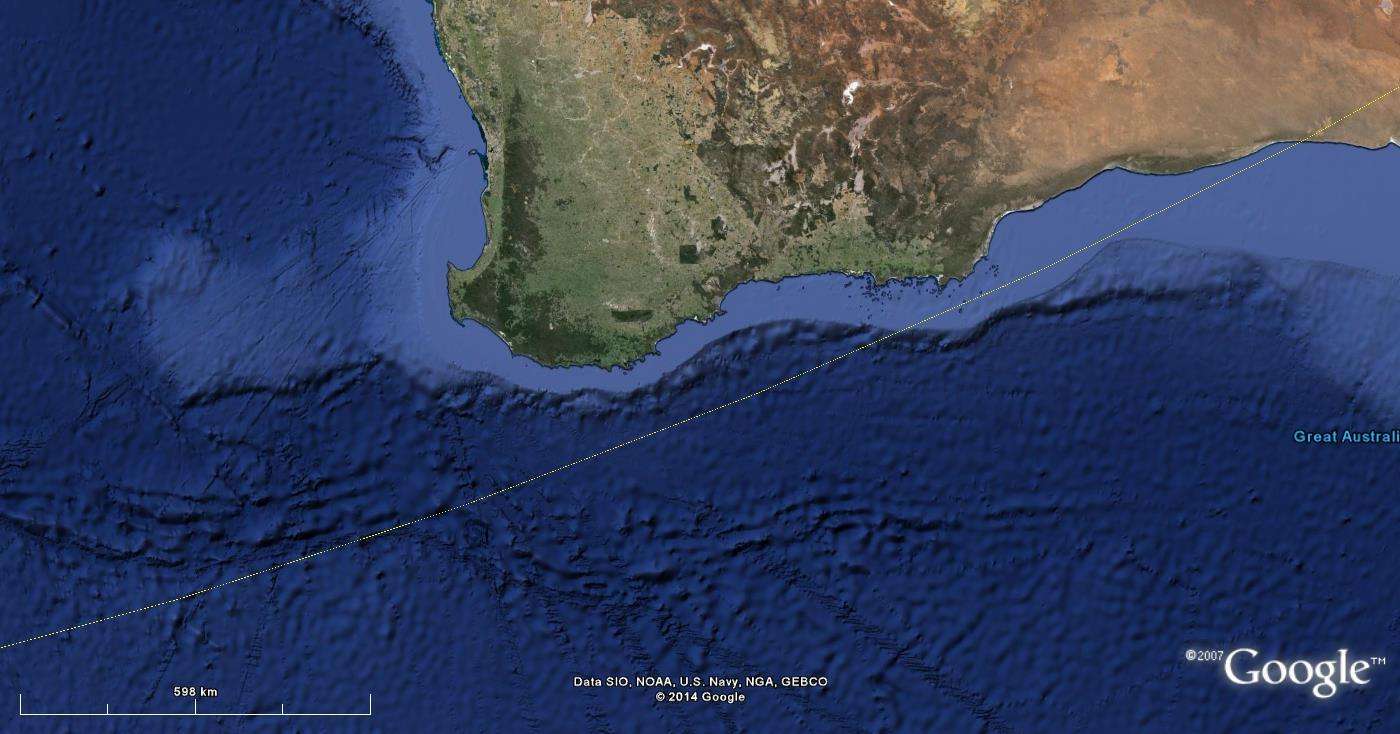 |
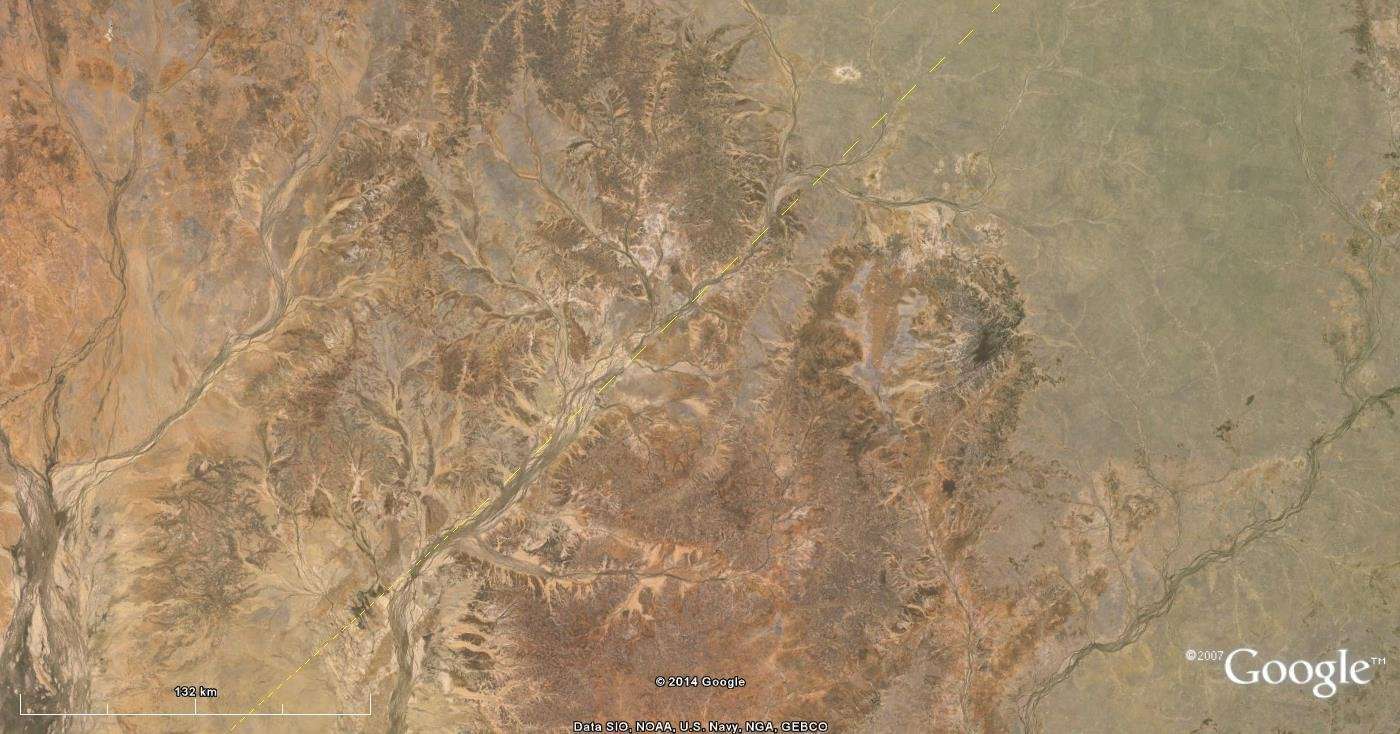 |
 |
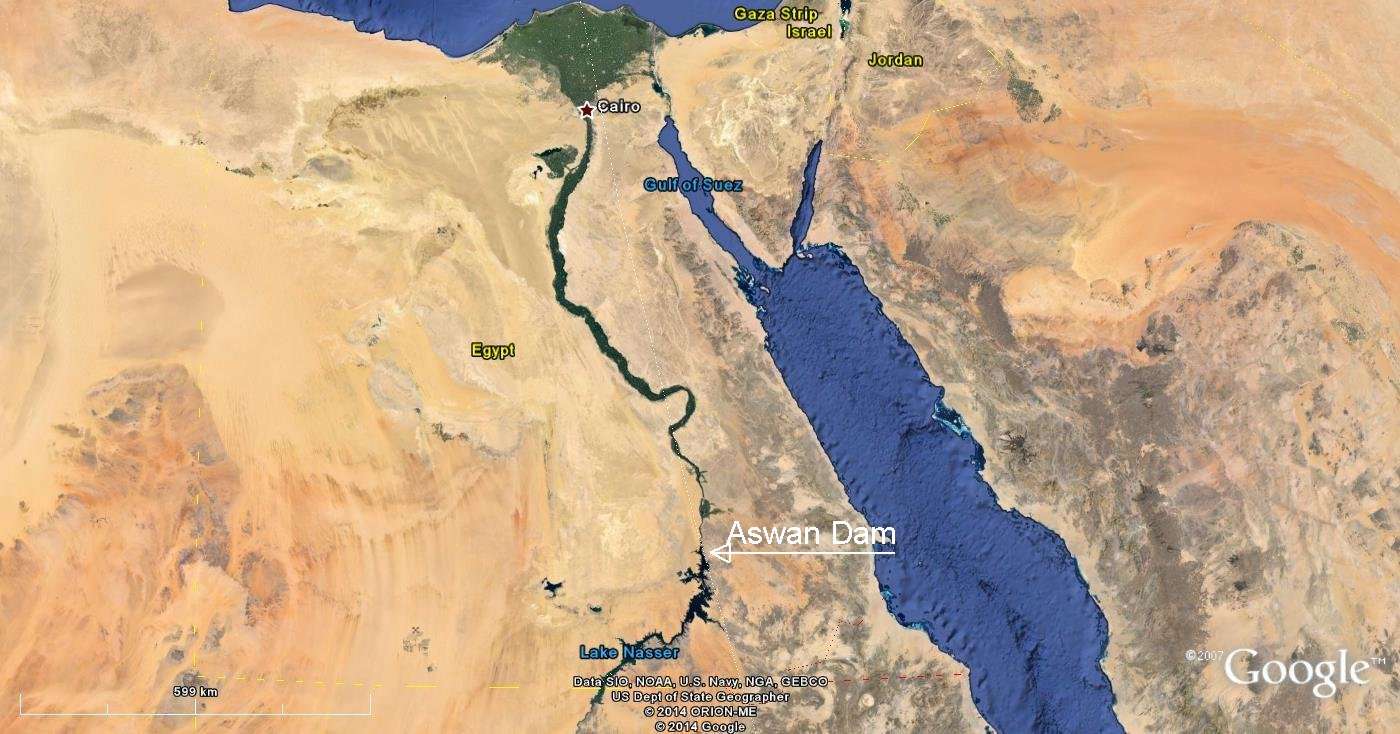 |
 |  |
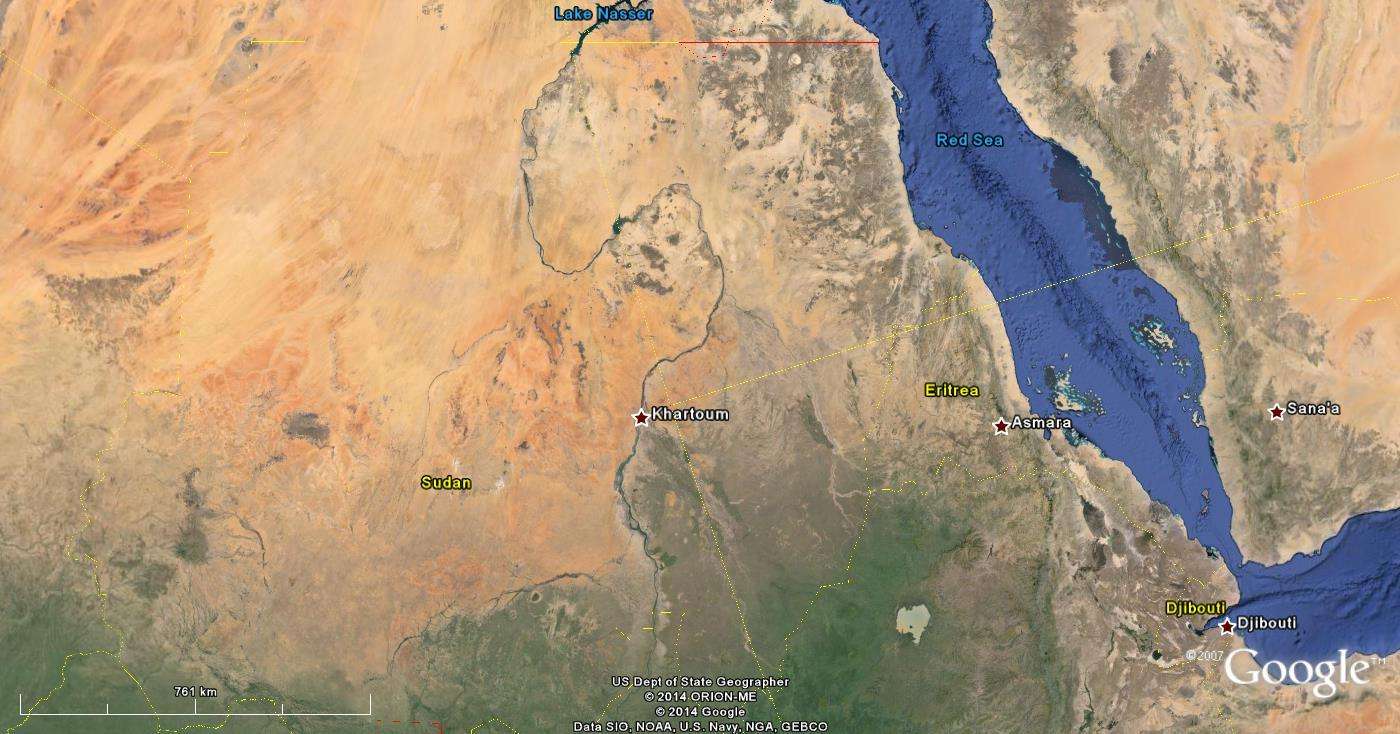 The Burma seismic circle at 7025 km radius. |
 |
 |

|
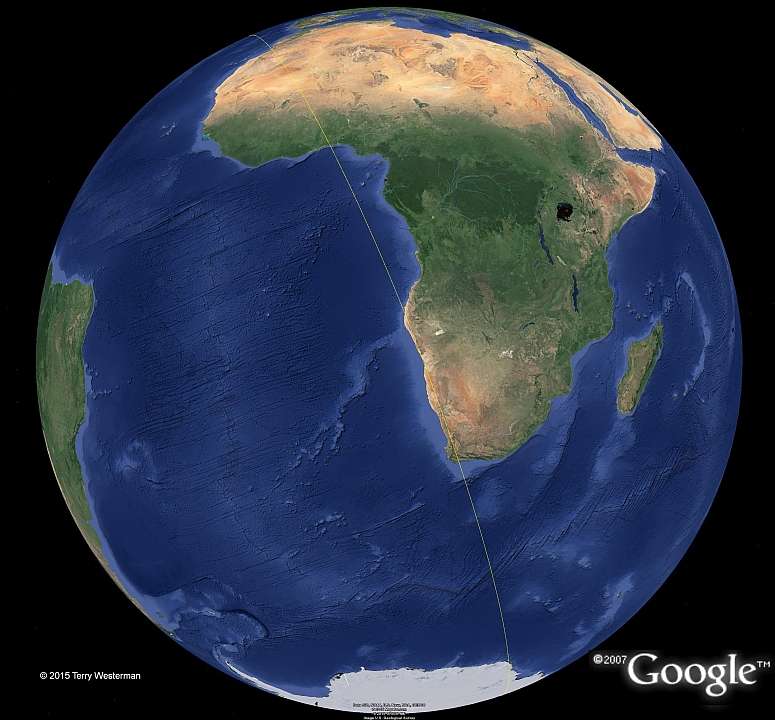 The Burma seismic circle at 10515km radius forms western South Africa. |
 This circle defines a part of the North Island of New Zealand, the Kermadec Trench, the Tonga Trench, and th Big Island of Hawaii. The Hawaiian Island chain is described by the 4545 mile ( 7330 km ) radius seismic circle from the Baffin Island Meteor Impact. That these two circles intersect at the big island is a plausible reason why the big island is bigger than the rest. |

|
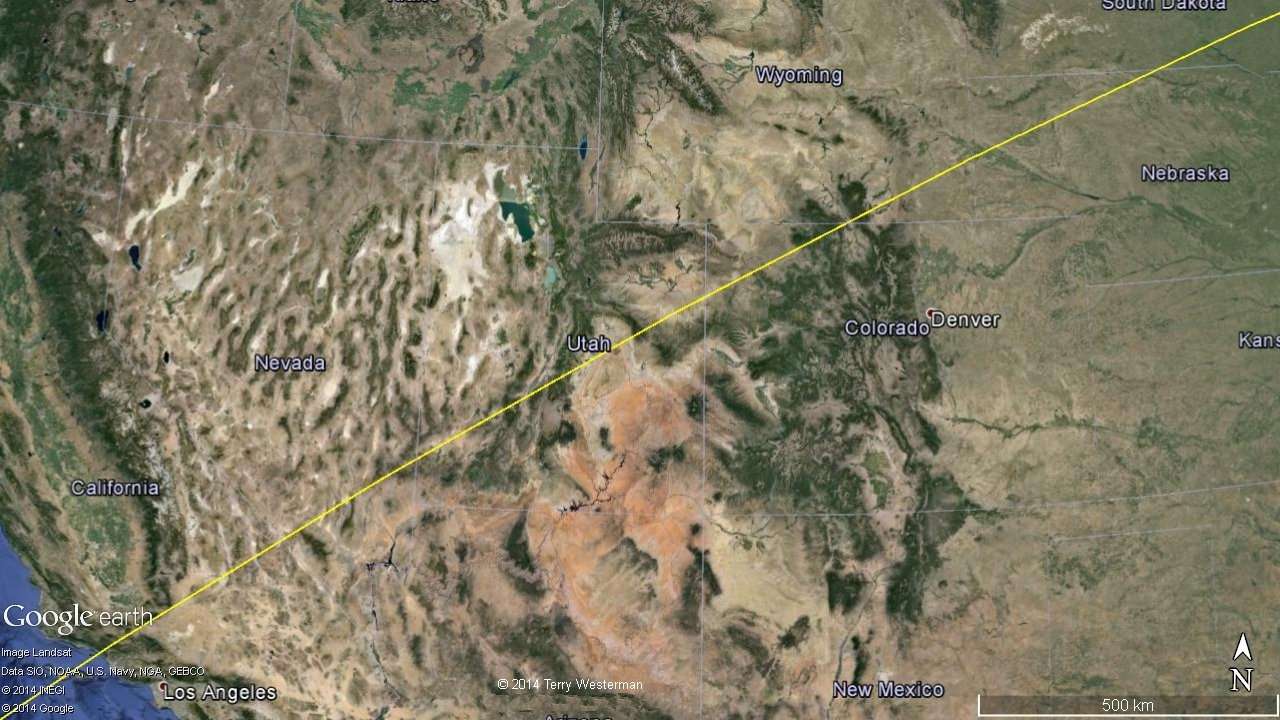 The Burma seismic circle at 12465 km N. America. |
 The Burma seismic circle at 15280km radius. |
 The Burma seismic circle at 17825km radius. |
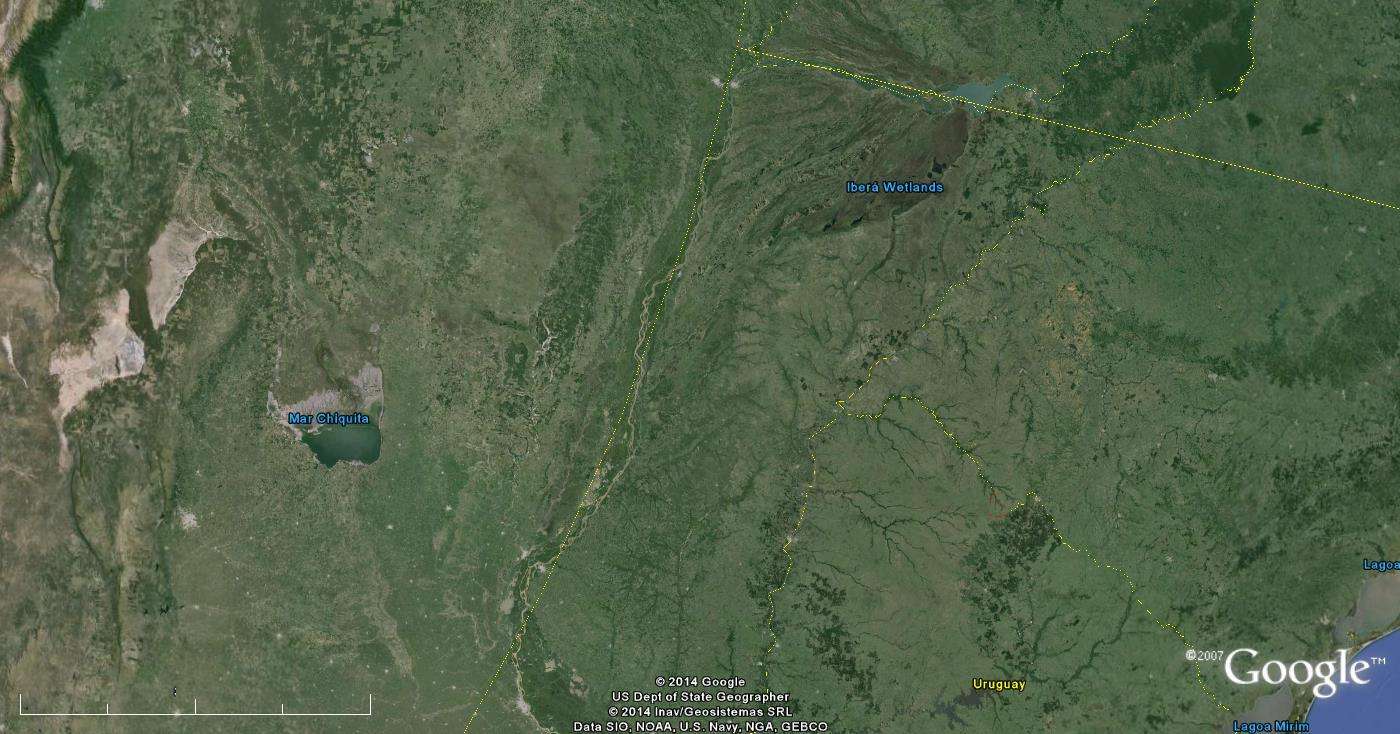 |
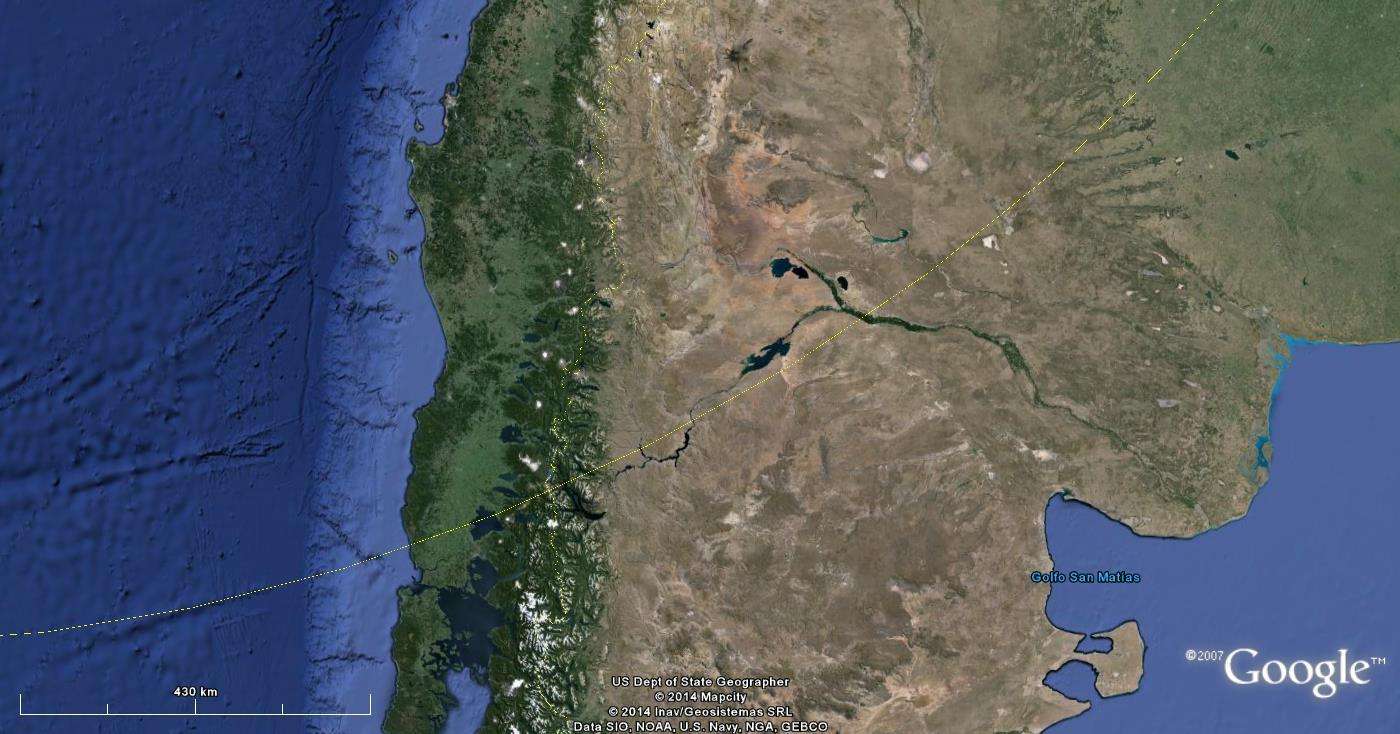 |
 |

|
 The Burma seismic circle at 18575 km radius. |
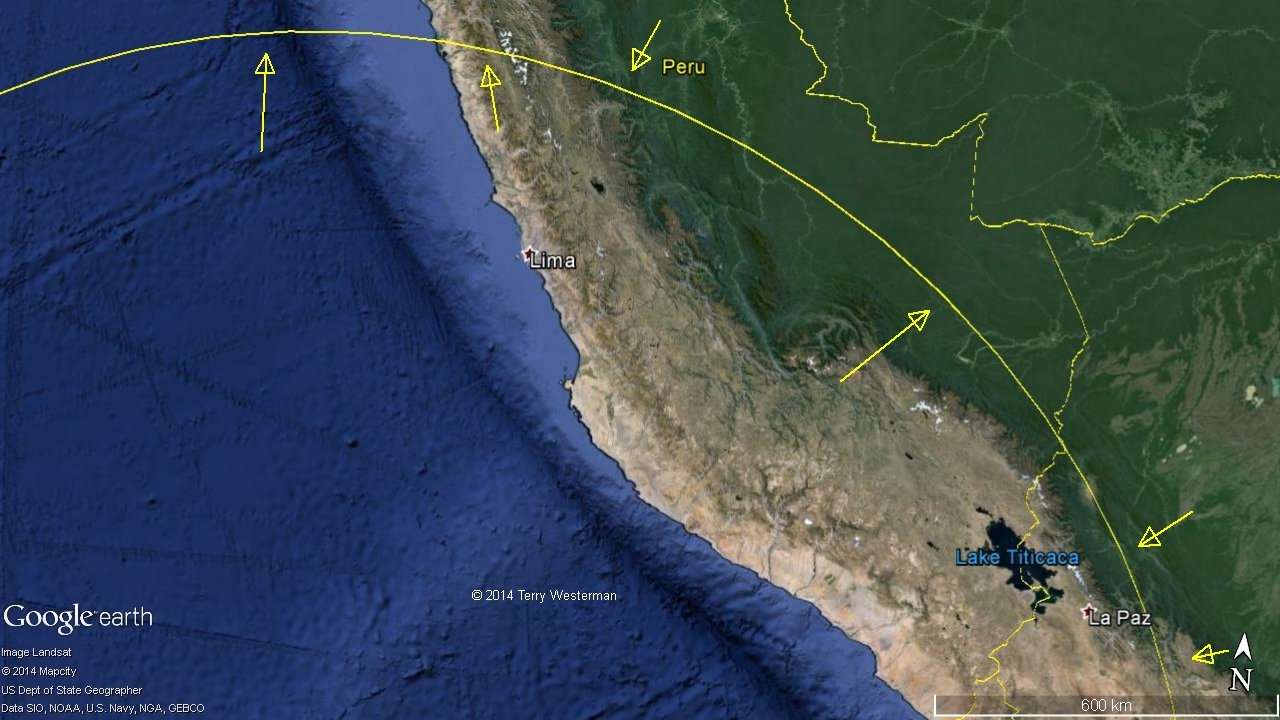 |
 |
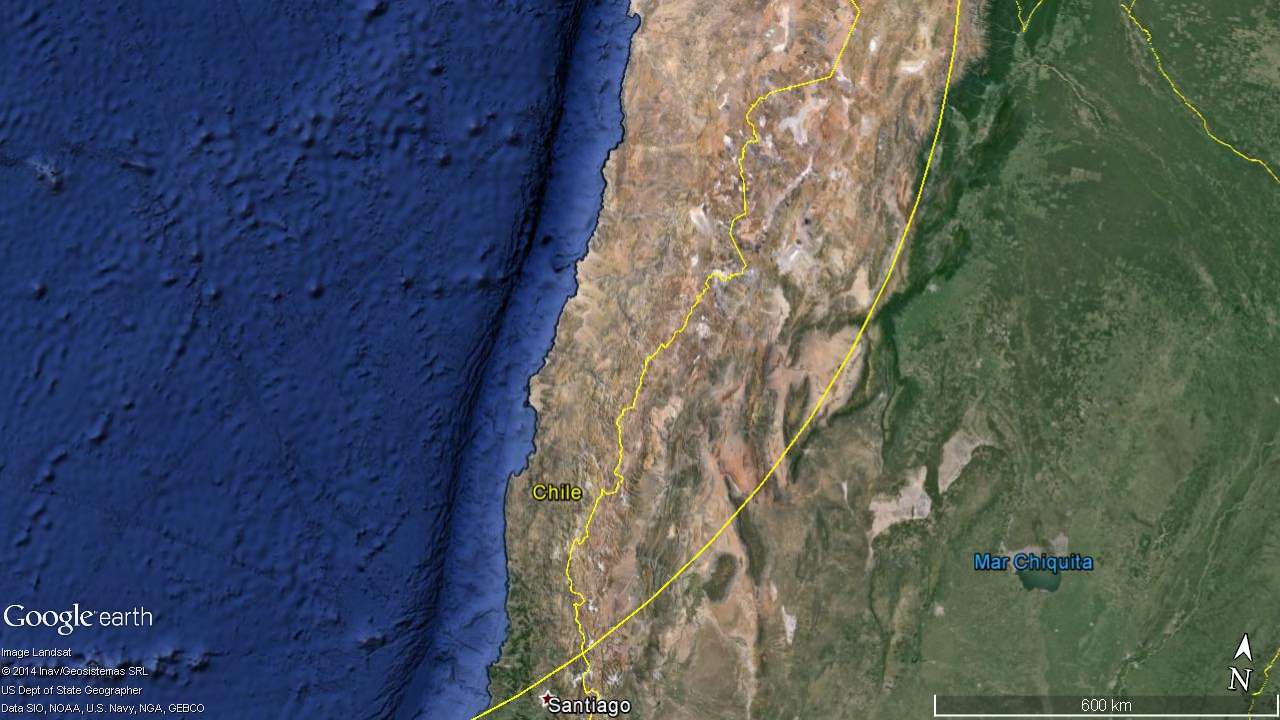 |
 |  |
 . . |
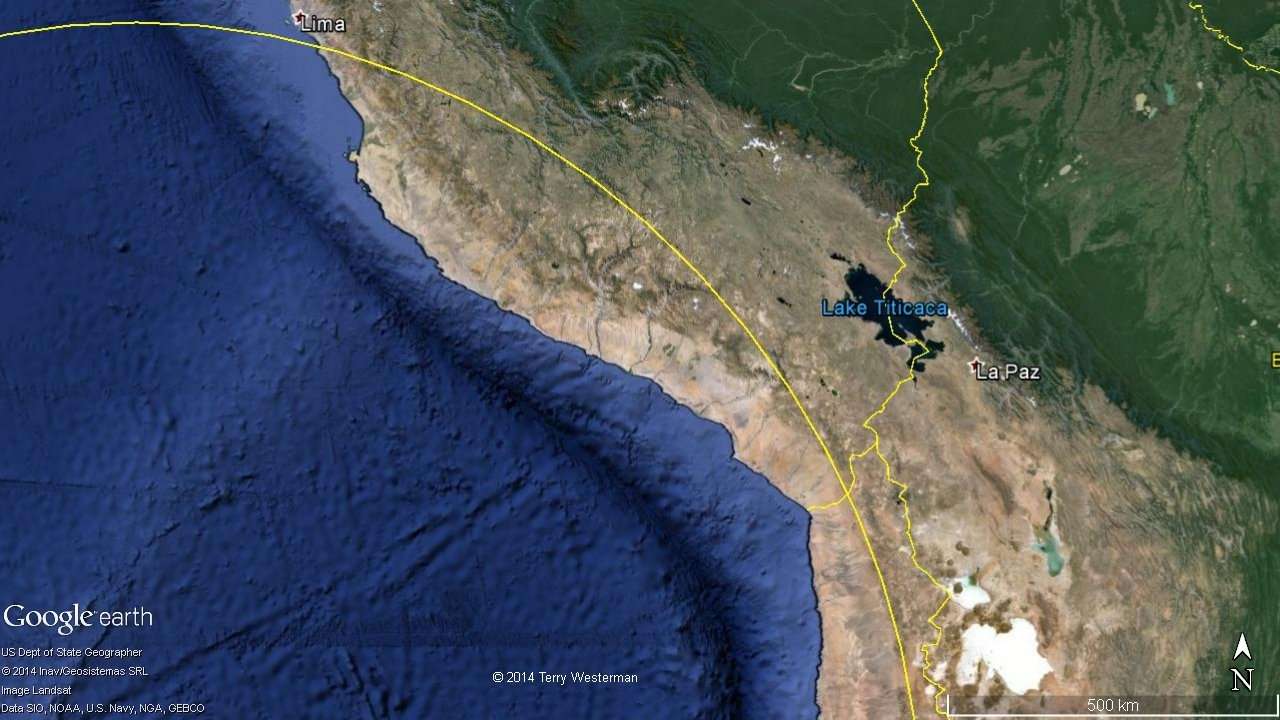 The Burma seismic circle at 18850 km radius. |
 |  |
|
© 2014, 2015 Terry Westerman |